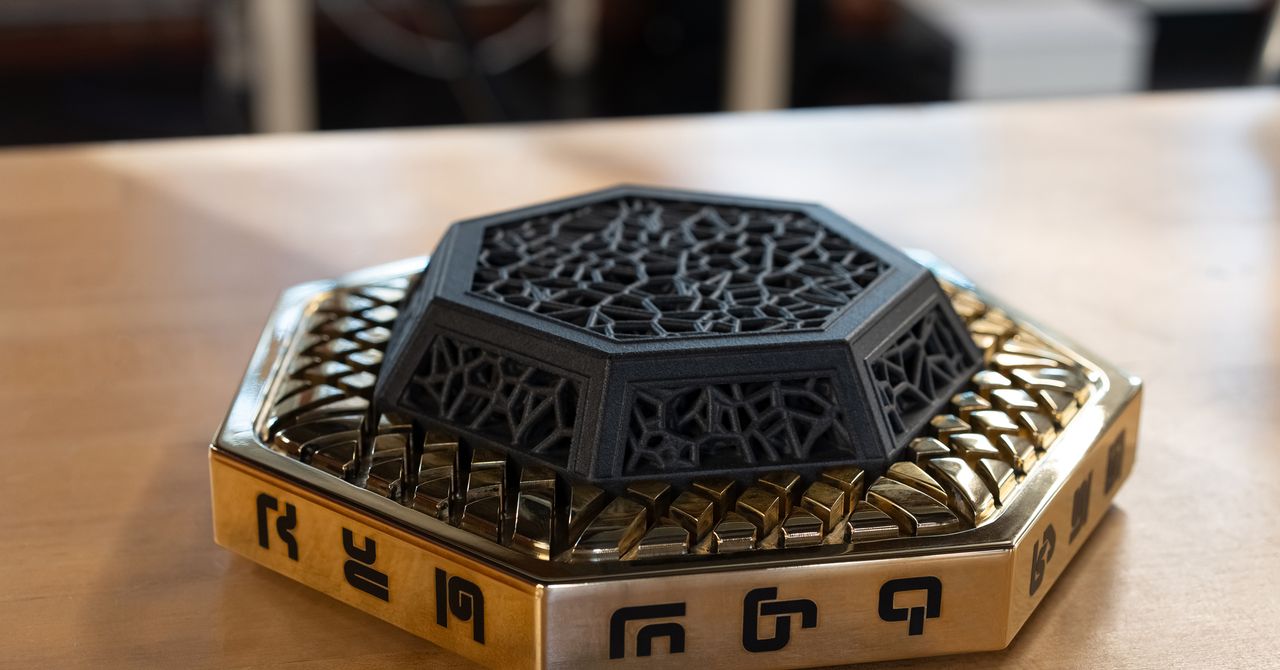Extropic, a startup developing an exotic new kind of computer chip that handles probabilistic bits, has produced its first working hardware along with proof that more advanced systems can tackle useful tasks in artificial intelligence and scientific research.
The startup’s chips work in a fundamentally different way than chips from Nvidia, AMD, and others, and they promise to be thousands of times more energy-efficient when scaled up. With AI companies pouring billions of dollars into building data centers, a completely new approach could offer a far less costly alternative to vast arrays of conventional chips.
Extropic calls its processors thermodynamic sampling units, or TSUs, as opposed to central processing units (CPUs) or graphics processing units (GPUs). TSUs use silicon components to harness thermodynamic electron fluctuations, shaping them to model probabilities of various complex systems, such as the weather, or AI models capable of generating images, text, or videos.
The first working Extropic chip has now been shared with a handful of partners, including frontier AI labs, startups working on weather modeling, and representatives from several governments. (Extropic has declined to provide names.)
“This allows all sorts of developers to kick the tires,” says Extropic CEO Guillaume Verdon, who gained notoriety within the tech world as a colorful and sometimes controversial online persona called Based Beff Jezos and a new techno philosophy known as effective accelerationism or e/acc before founding the startup. Verdon and his cofounder, Trevor McCourt, who is Extropic’s CTO, previously worked on quantum computing at Google before pursuing their novel computing approach.
One of those who is now testing the new hardware is Johan Mathe, CEO of Atmo, a startup using AI models that can forecast with higher resolution than is otherwise possible. It’s customers include the Department of Defense. Mathe says that Extropic’s chips should make it possible to calculate the odds of different weather conditions far more efficiently.
Extropic is also releasing software called TRHML that makes it possible to simulate the behavior of an Extropic chip on a GPU. Mathe has used this software as well as the real chip. “I was able to run a few p-bits and see that they behave the way they are supposed to,” Mathe says.
The company’s hardware, called XTR-0, consists of a field-programmable gate array (FPGA) chip, which can be reconfigured for different tasks, combined with two of its first probabilist chip, X-0, each of which contains a handful of p-bits.
Instead of conventional bits corresponding to either a 1 or a 0, the new chip features probabilistic bits, or p-bits, that model uncertainty. Although limited in scale, the new chip demonstrates the potential of the company’s new approach.
“We have a machine-learning primitive that is far more efficient than matrix multiplication,” McCourt says. “The question is, how do you build something on the scale of ChatGPT or Midjourney.”






Comment ×